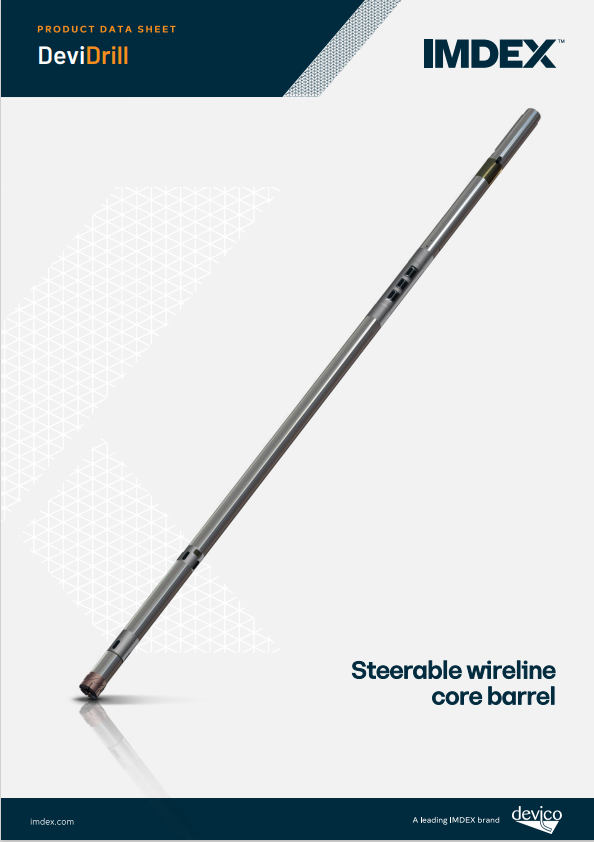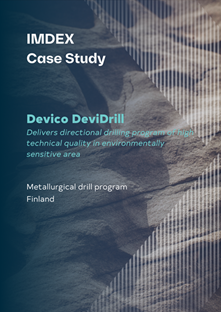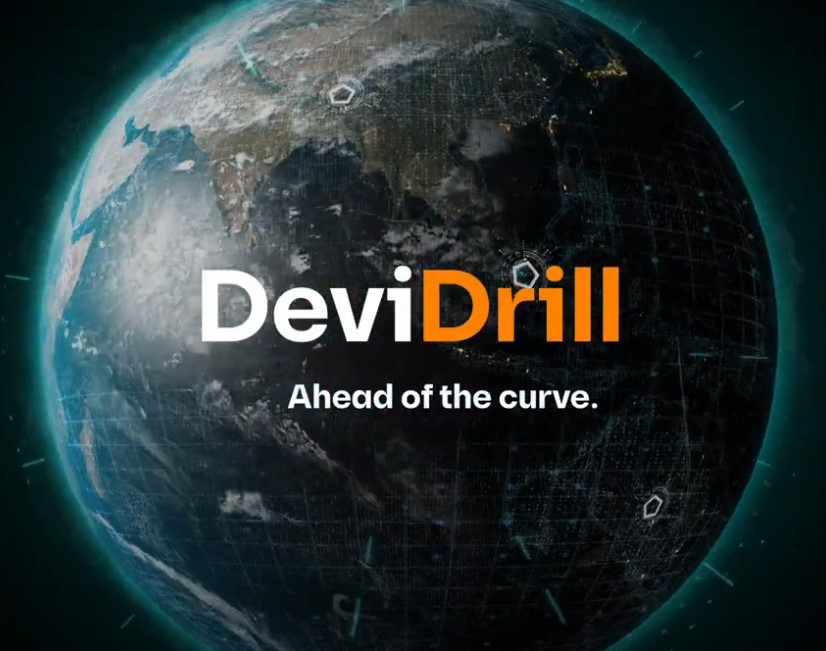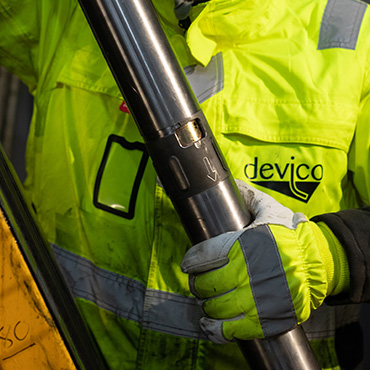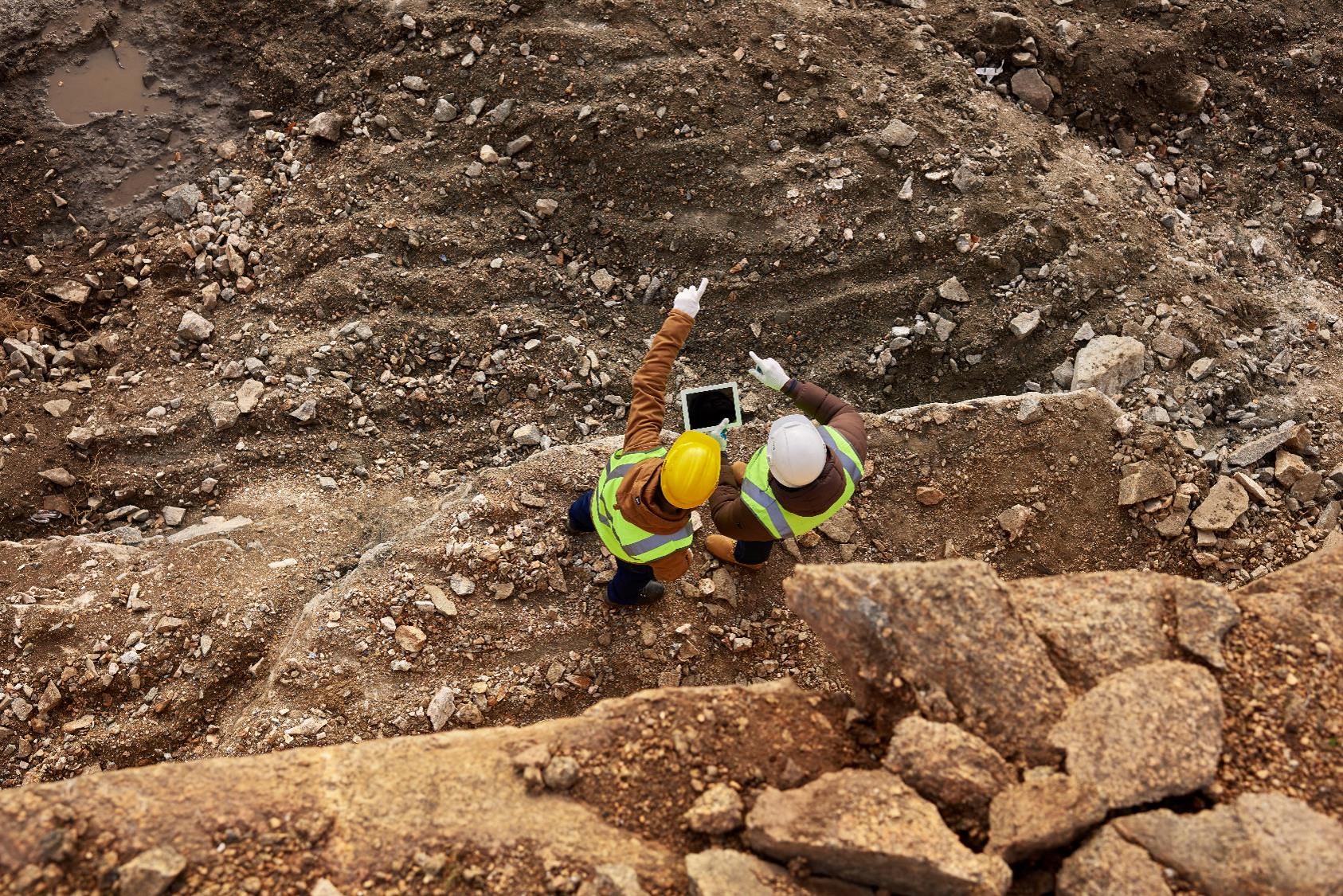Achieve planned drilling accuracy
Reduce environmental impact
Reduce drilling time and cost
Specifications
Total weight
57kg / 125lbs
Total length
4.5m / 14.5ft
Bit diameter
NWL
Reamer diameter
NWL
Tool body diameter
72mm / 2.83"
Hole diameter
75.7mm / 3"
Core diameter
31.5mm / 1.24"
Core length
3m / 10ft
Instrument barrel length
20cm / 8"
Instrument barrel diameter
51mm / 2.01"
Pumping/latching unit
Longyear NQ™?
Landing ring
Longyear NQ™?
Landing indication
Yes
Core block indication
Yes
Pull out by-pass valve
Yes
Uses of additives
Optional
Typical dogleg severity (DLS)
5-9°, 30m / 5-9°, 100ft
Operating flow
30-50l/min / 8-13gal/min
Operating pressure
20bar + circulation pressure
Feeding force (max)
4500kg / 9900lbs
RPM
300-1200
Recommended parameters
Dogleg severity, NWL rods
9° pr. 30m / 9° pr. 100ft (180m/590ft radius)
RPM
300-800
Feeding force (Bit weight + sliding force)
1500-2500kg
Typical penetration rate
3m/h / 10ft/h
Typical production rate
9 - 27m/12h / 30 - 90ft/12h (50% - 75% of conventional wireline drilling)
Product support, anywhere, anytime
We’re committed to offering the highest level of support to our customers, which is why we have launched our Customer Care Portal, so you can receive support on our products and solutions, wherever you are in the world.
- Raise product support requests anytime (24/7)
- Access our comprehensive knowledge base
- Track and manage your support requests
Frequently asked questions
Do we require additional mud pumps, drill strings or other equipment to use the DeviDrill?
No, the DeviDrill fits directly on the standard drill string and operates with similar flow rates as the regular N-sized wireline core barrels. During drilling the DeviDrill is rotated by the drill string at normal speed, typically 7-900 RPM, while at the same time steering the hole in a predefined direction and collecting core samples.
How sharply can the drillhole be turned when utilising the DeviDrill?
We recommend an average turn of 9° per 30m drilled, or a radius of about 200 meters, to make the directional drilling efficient while avoiding excessive wear on the drill string.
How much savings can be expected from using DeviDrill?
Savings can come in many forms, including reduction in drilling metres leading to direct time & cost savings and indirect cost savings due to reduced core handling and logging, fewer drill sites leading to cost & environmental savings, and consistent target accuracy leading to cost savings. If you have a project where you believe directional coring could be used, we recommend contacting us. We prepare directional proposals at no cost, making it easy to see the benefit of DCD in your specific case.

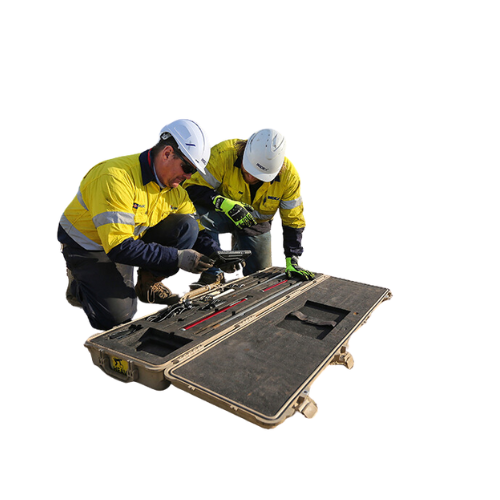
.png)
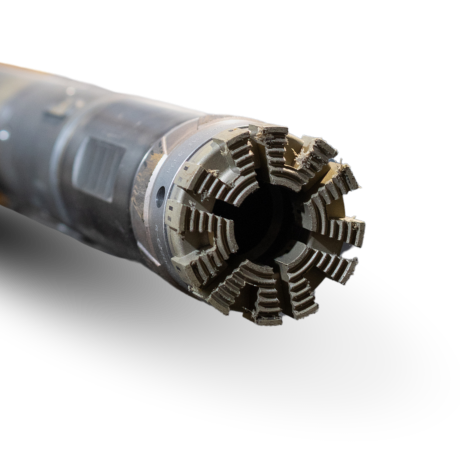.png)
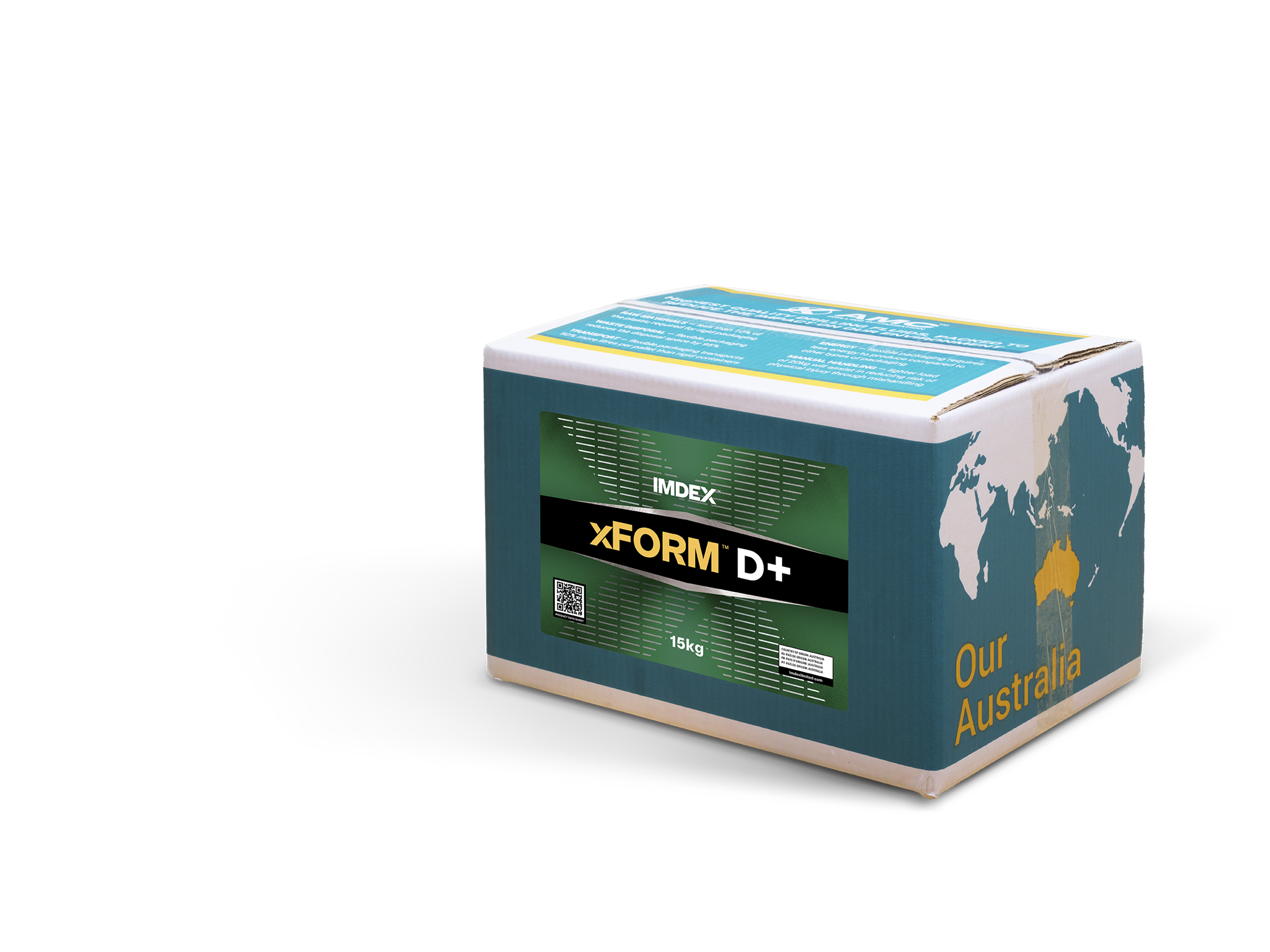
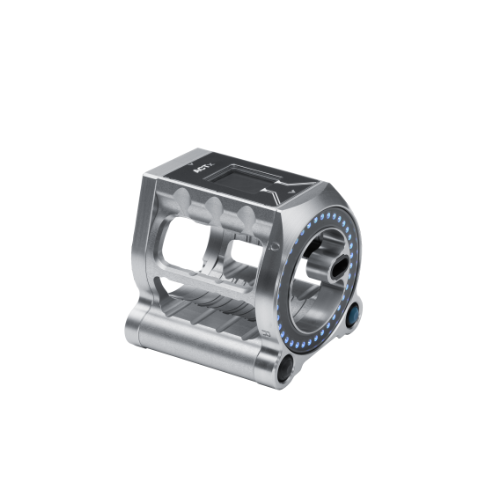.png)
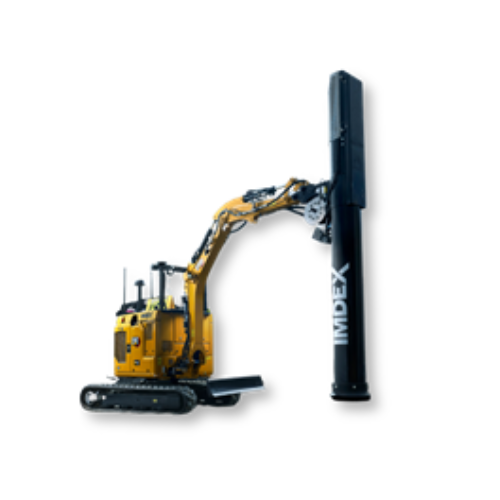
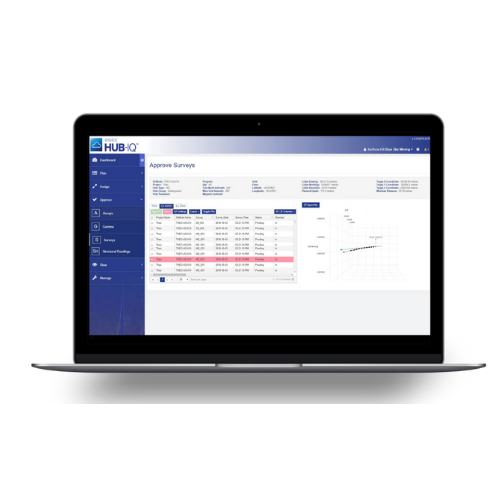
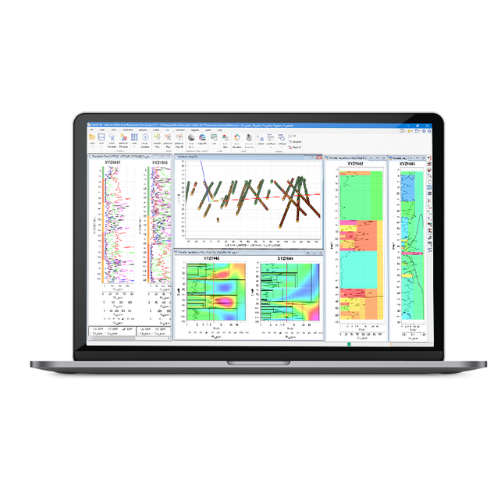







.png)

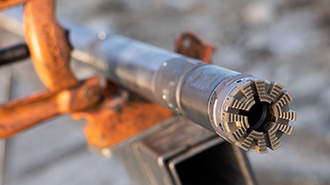
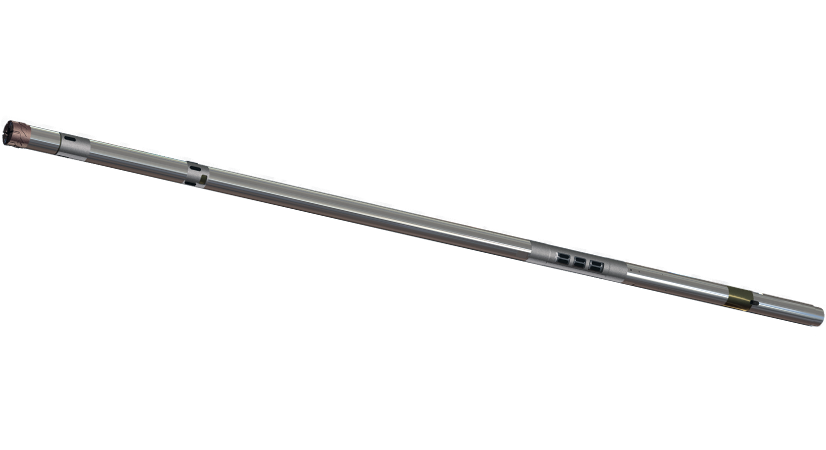
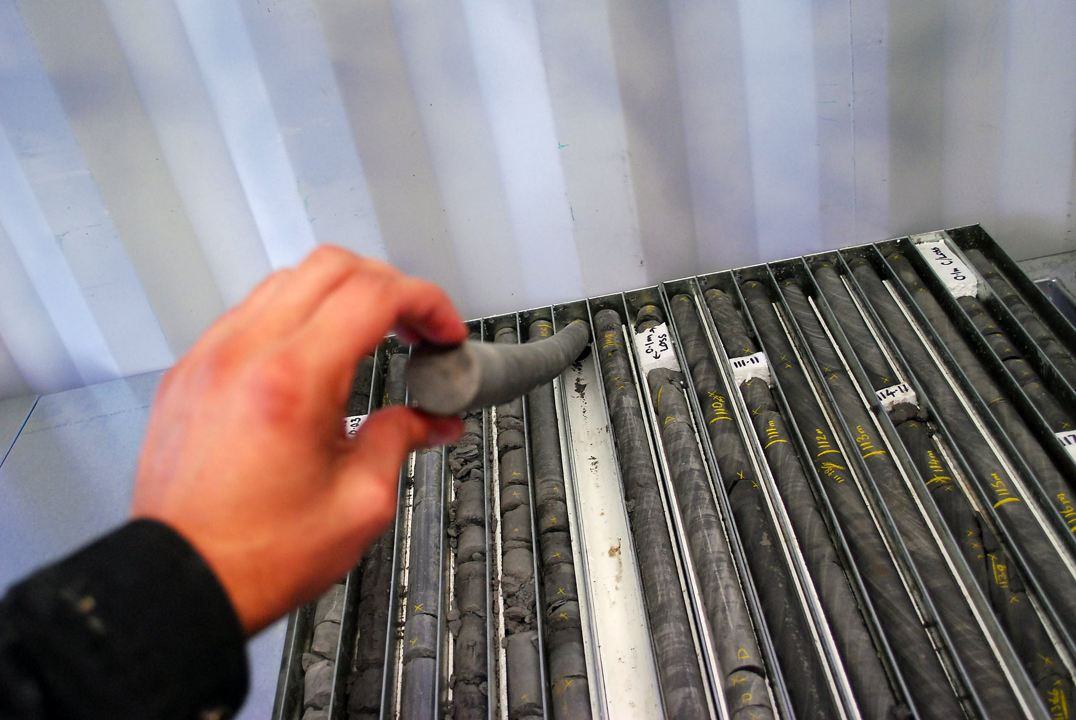
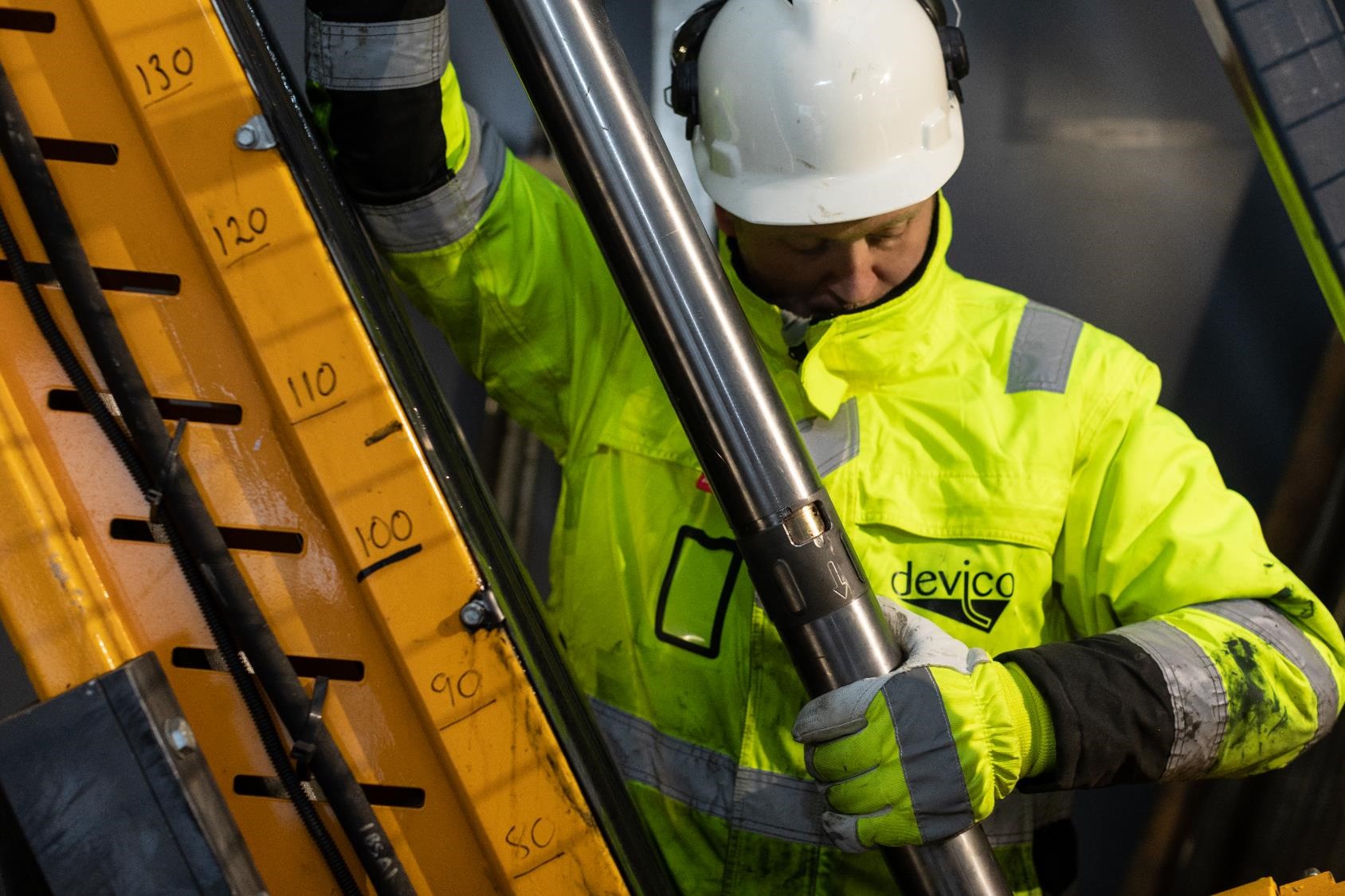
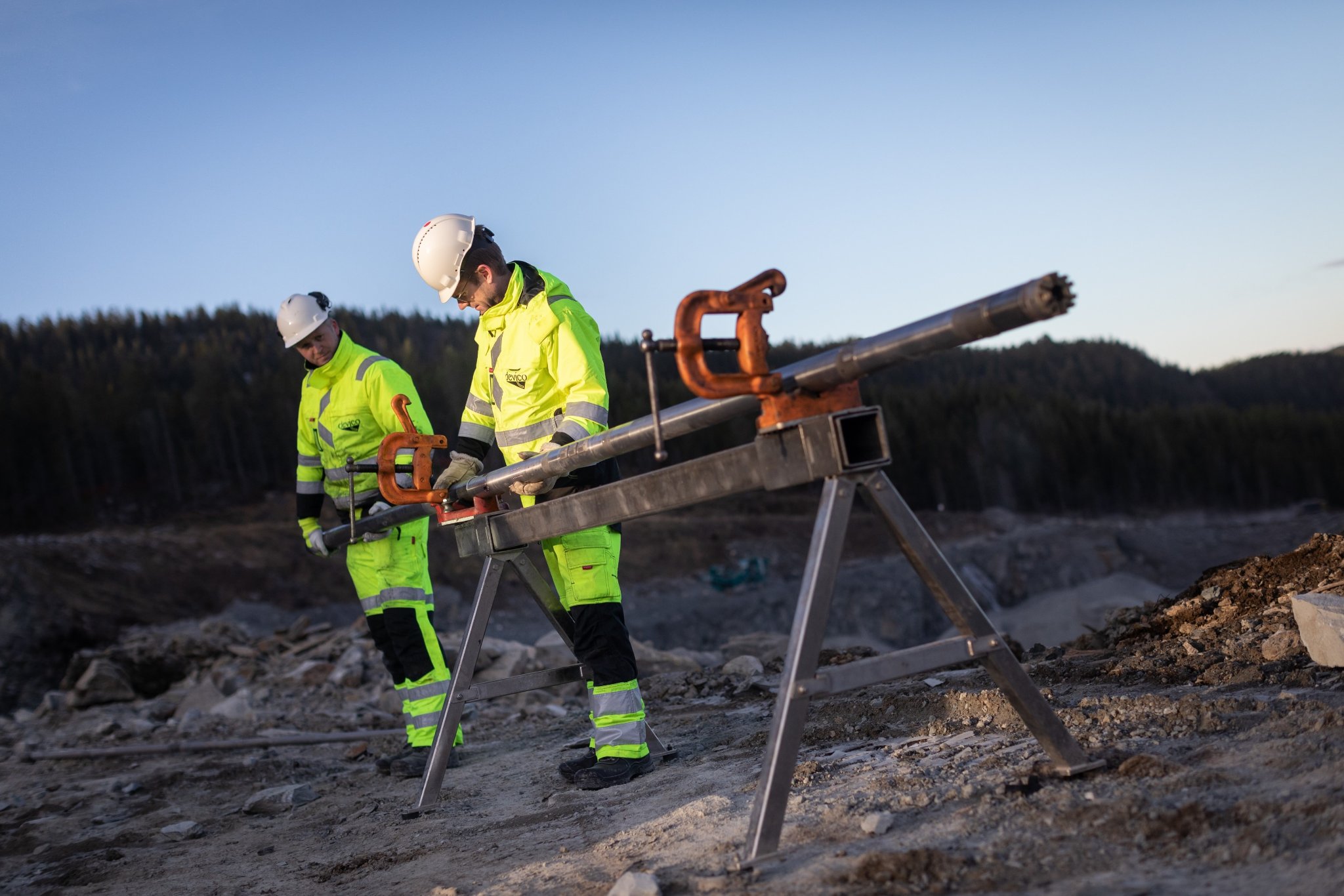
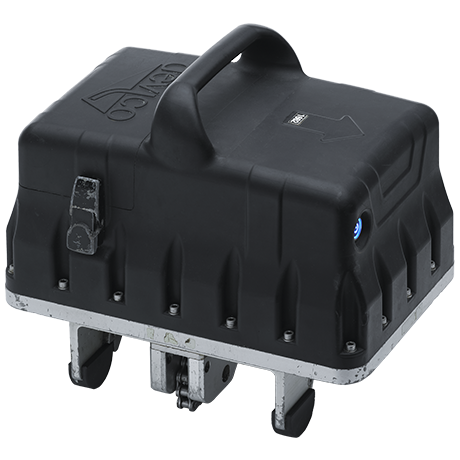-Product-Tag-Variant.png)
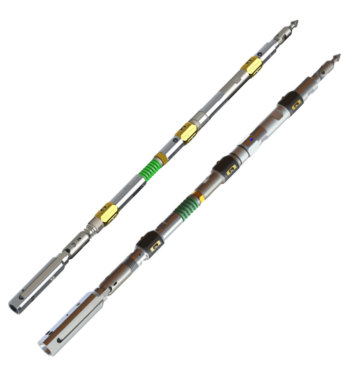
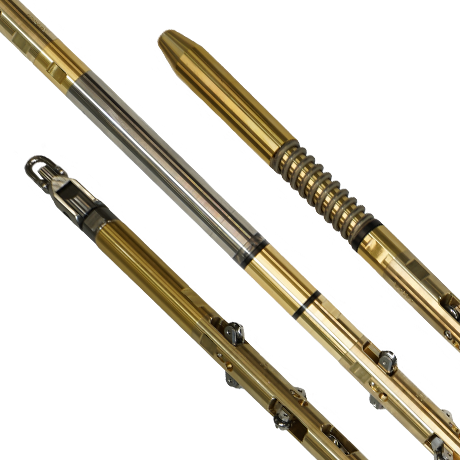
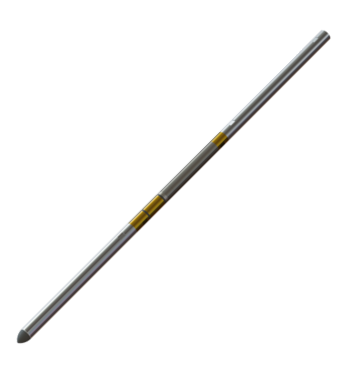
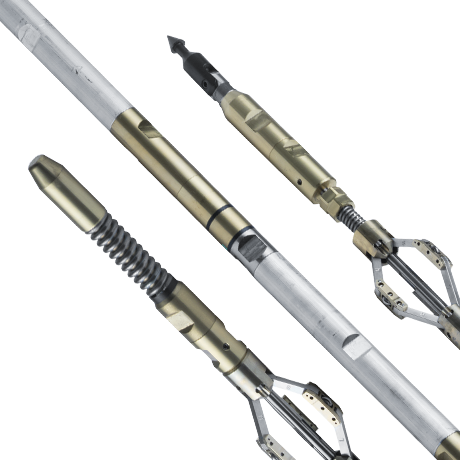
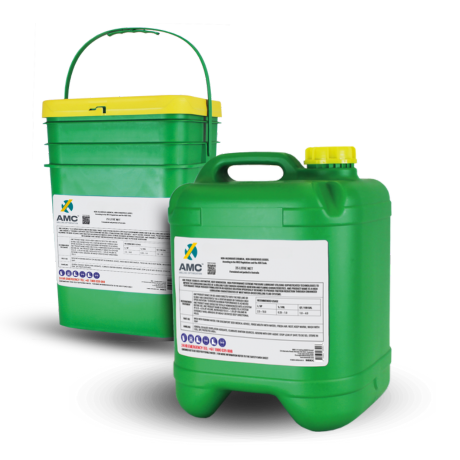.png)
